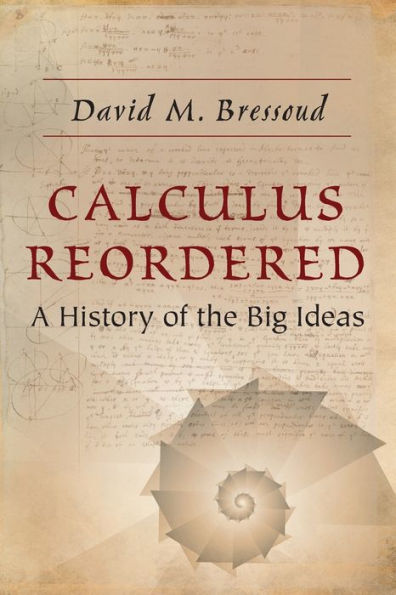Table of Contents
Preface xi
Chapter 1 Accumulation 1
1.1 Archimedes and the Volume of the Sphere 1
1.2 The Area of the Circle and the Archimedean Principle 7
1.3 Islamic Contributions 11
1.4 The Binomial Theorem 17
1.5 Western Europe 19
1.6 Cavalieri and the Integral Formula 21
1.7 Fermat's Integral and Torricelli's Impossible Solid 25
1.8 Velocity and Distance 29
1.9 Isaac Beeckman 32
1.10 Galileo Galilei and the Problem of Celestial Motion 35
1.11 Solving the Problem of Celestial Motion 38
1.12 Kepler's Second Law 42
1.13 Newton's Principia 44
Chapter 2 Ratios of Change 49
2.1 Interpolation 50
2.2 Napier and the Natural Logarithm 57
2.3 The Emergence of Algebra 64
2.4 Cartesian Geometry 70
2.5 Pierre de Fermat 75
2.6 Wallis's Arithmetic of Infinitesimals 81
2.7 Newton and the Fundamental Theorem 87
2.8 Leibniz and the Bernoullis 90
2.9 Functions and Differential Equations 93
2.10 The Vibrating String 99
2.11 The Power of Potentials 103
2.12 The Mathematics of Electricity and Magnetism 104
Chapter 3 Sequences of Partial Sums 108
3.1 Series in the Seventeenth Century 110
3.2 Taylor Series 114
3.3 Euler's Influence 120
3.4 D'Alembert and the Problem of Convergence 125
3.5 Lagrange Remainder Theorem 128
3.6 Fourier's Series 134
Chapter 4 The Algebra of Inequalities 141
4.1 Limits and Inequalities 142
4.2 Cauchy and the Language of ∈ and δ 144
4.3 Completeness 149
4.4 Continuity 151
4.5 Uniform Convergence 154
4.6 Integration 157
Chapter 5 Analysis 163
5.1 The Riemann Integral 163
5.2 Counterexamples to the Fundamental Theorem of Integral Calculus 166
5.3 Weierstrass and Elliptic Functions 173
5.4 Subsets of the Real Numbers 178
5.5 Twentieth-Century Postscript 183
Appendix. Reflections on the Teaching Of Calculus 186
Teaching Integration as Accumulation 186
Teaching Differentiation as Ratios of Change 189
Teaching Series as Sequences of Partial Sums 191
Teaching Limits as the Algebra of Inequalities 193
The Last Word 196
Notes 199
Bibliography 209
Index 215
Image Credits 223



